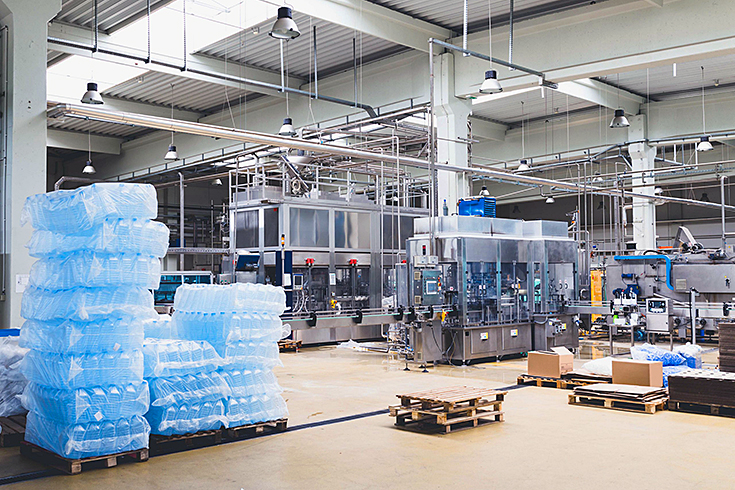Customer Profile
Founded in 1973, Tessy Plastics is a global contract manufacturer headquartered in Skaneateles, NY, specializing in injection molding and custom automated assembly solutions. They have facilities in New York, Pennsylvania, and China. All Tessy Plastics facilities are FDA/GMP compliant and add up to more than 3.2 million square feet, including 306,000 square feet of ISO Class 7 & 8 cleanroom manufacturing. Contributing to the Medical, Pharmaceutical, Diagnostics, and Consumer Healthcare and Consumer markets, Tessy Plastics’ capabilities include product design & development, rapid prototyping, tool design & build, medical automation design & build, plastic injection molding, and complex medical & consumer device assembly.
In April of 2020, Tessy Plastics announced they would partner with a medical device and healthcare company in the fight against the pandemic and converted their warehouse facility in Auburn, NY for production.
Customer Challenge
The company’s 400,000 sq. ft. warehouse required several alterations before being utilized as a medical manufacturing facility. Maintaining stable humidity levels is essential when designing a cleanroom, so the company needed to upgrade the warehouse’s dehumidifiers to maintain tight humidity control, creating a safe and sterile location for manufacturing.
Stark Tech Solution
The Stark Tech Equipment team worked with IPD engineering to install Polygon rental dehumidifiers to maintain the space while permanent Munters Dehumidification Systems were installed and brought online. These systems are designed to remove moisture from the air to control humidity in commercial spaces and industrial buildings.
Cleanroom HVAC engineering is a challenging concept. It takes a mixture of engineering skills, experience, and a solid understanding of the particle-generating potential of the process. Our experienced team customizes solutions combining quality engineering, reputable manufacturer products, and certified equipment to meet cleanroom standards.
Result
The manufacturing facility was built and up and running in just 15 weeks. Tessy Plastics hired 200 additional employees, including chemists, operators, technicians, and more. The dehumidifiers that Stark Tech installed maintained even tighter humidity control than initially designed and are still in commission today.
Technology Used
- Munters Dehumidifiers
- 3-IDS-15K
- 2-HCD-9000
- 1-HCD-4500
- 1-HC-300
- Polygon – Rental Dehumidifiers
Project Photos
Stark Tech’s Equipment team creates custom HVAC, Critical Power & Boiler Room solutions for commercial, industrial, and mission critical building applications.
Stay informed on our latest industry insights, products & services, and career opportunities.
Follow us on LinkedIn and subscribe to our YouTube channel to stay connected!



